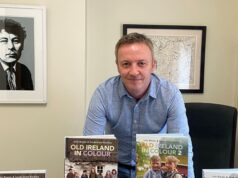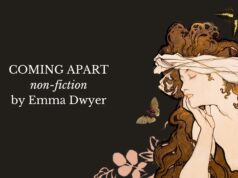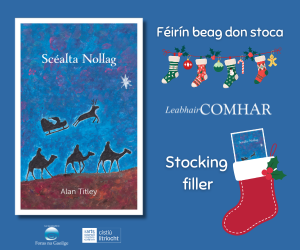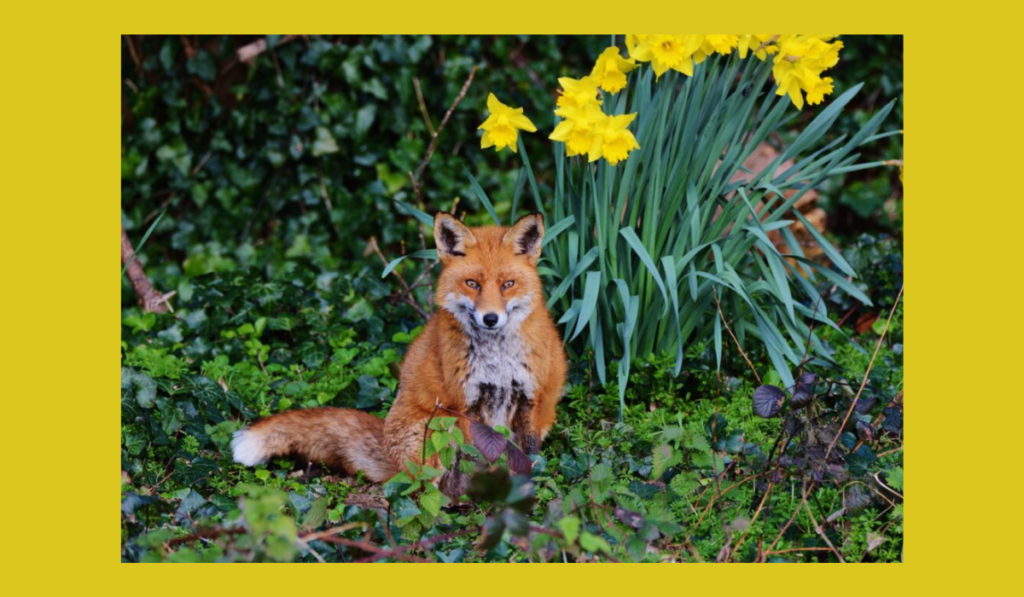
Life in Ireland: A Short History of a Long Time|Conor W. O’Brien|Merrion Press|€16.95|paperback|ISBN:9781785373848
In Life in Ireland, Conor W. O’Brien guides you on a safari through place and time, from the Jurassic Coast of Antrim to the great Ice Age bone-beds of Cork
Extract—Ice Age Ireland
by Conor W. O’Brien
Twenty-one thousand years ago is a flash in the pan in the history of planet Earth. But back then, Ireland would have been unrecognisable.
A map of Europe at this time would show a great protuberance erupting out of Belgium and France, swallowing Britain and Ireland in the embrace of the continent. The glaciers seeping out of the Arctic Circle and across Eurasia had absorbed enough water to drop global sea levels by 120 metres. There was no Irish Sea. As a result, modern Ireland is but a rump of its Pleistocene predecessor. All around our coasts, up to forty kilometres of what is now seabed would have been dry land during the height of the Ice Age. If you were to stand where you are now, 21,000 years ago, you’d more than likely find yourself pulverised by thousands of tonnes of ice bearing down on you. This is because, back then, Ireland was blanketed in glaciers almost from top to bottom.
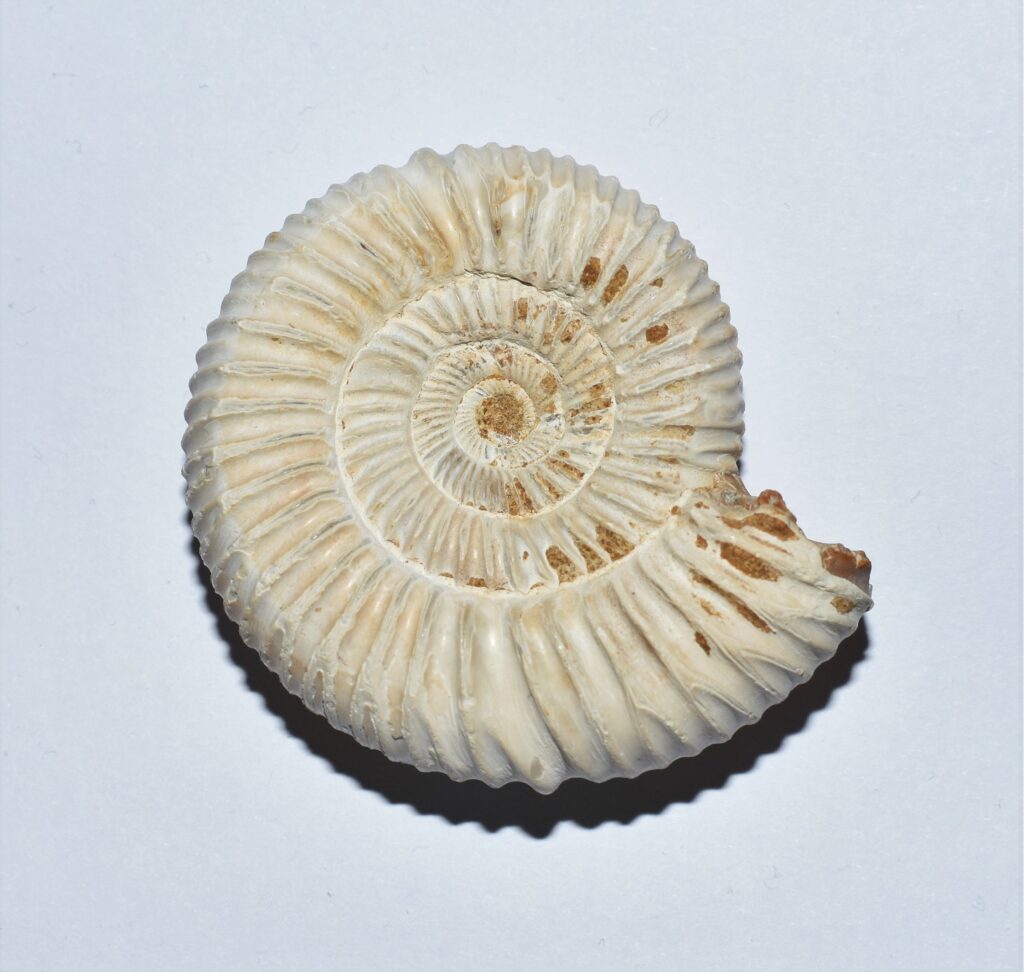
But Ice Age Ireland was not a frozen dead zone for the duration of the Pleistocene. As the ice ebbed and flowed over the millennia, warmer spells saw the glaciers surrender more and more of the landscape. In the wake of the retreating ice, the land opened up into a vast, verdant plain carpeted with grasses, daisies and sorrel
docks. The occasional ragwort might have added a dash of dull yellow in this sea of muted green.
If you were to stand where you are now, 21,000 years ago, you’d more than likely find yourself pulverised by thousands of tonnes of ice bearing down on you.
Yet more plant species took hold in the lakes that pitted this scarred landscape, a tantalising source of nutrients beneath the surface of the water. Forest, the default habitat in much of post-Ice Age Ireland, was a rarity back then. As conditions improved, cold-resistant trees like juniper and eared willow might have formed thin woodlands. Occasionally, conditions might even have allowed temperate woodlands to take root. But for the most part, Pleistocene Ireland – that is, the parts that weren’t buried in ice – was an open, grassy landscape. This was ideal for grazers – and the predators that fed on them.
Even at their zenith, there were parts of Ireland the glaciers couldn’t touch. Much of this zone lay south of a line running from Limerick to Wicklow – although some of our most intriguing Pleistocene fossils have been found further north as well. In any case, there were times and places when ice-free oases allowed living things to cling on – among them, giants.
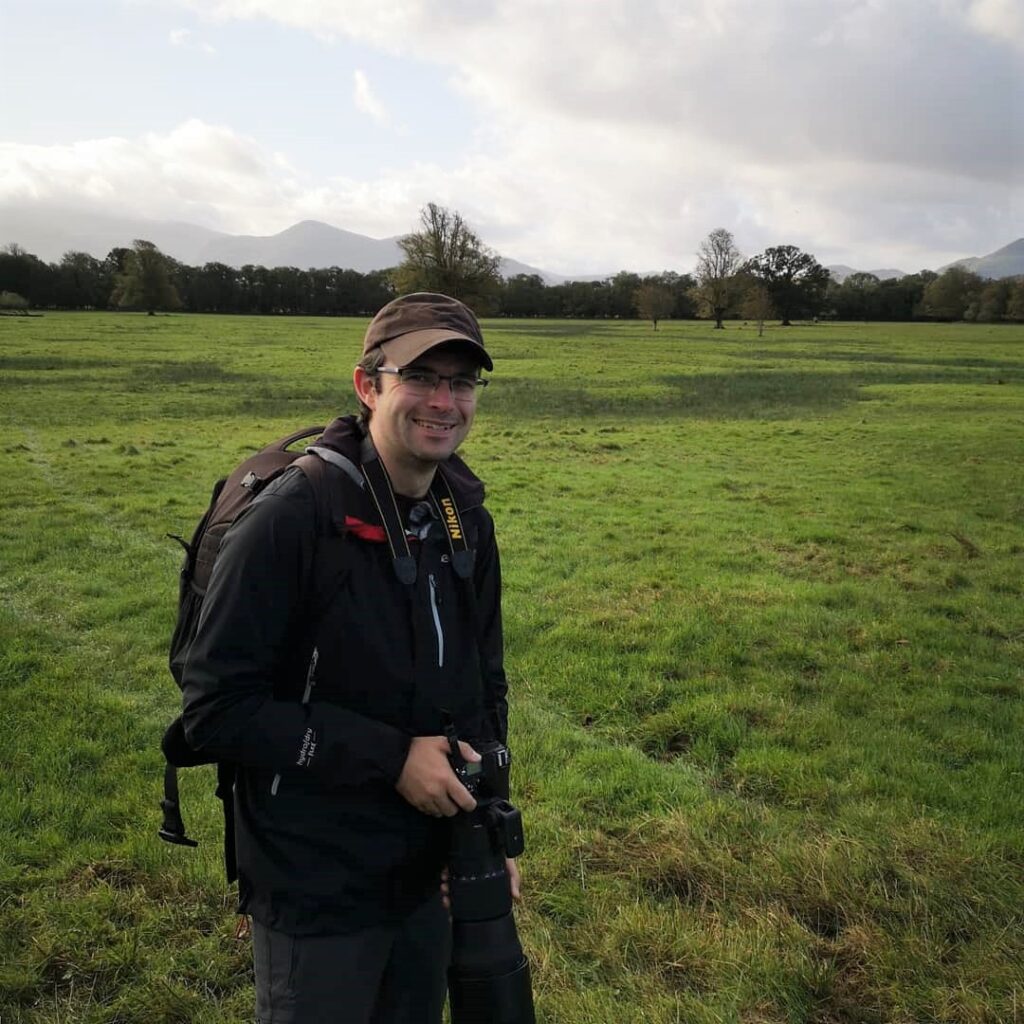
In Life in Ireland, Conor W. O’Brien guides you on a safari through place and time, from the Jurassic Coast of Antrim to the great Ice Age bone-beds of Cork. Along the way, we’ll meet some of the astonishing creatures to have called Ireland home through the ages: shelled monsters; huge marine lizards; armoured dinosaurs; giant deer; mighty mammoths. Vital strands in the story of life on Earth have left their mark here, including some of the first creatures to crawl onto land or take to the wing.
This epic journey will take us from the first fossils to the present day. through it all, we’ll see how our wildlife has adapted to the human age and explore what the future might hold for life in Ireland.









